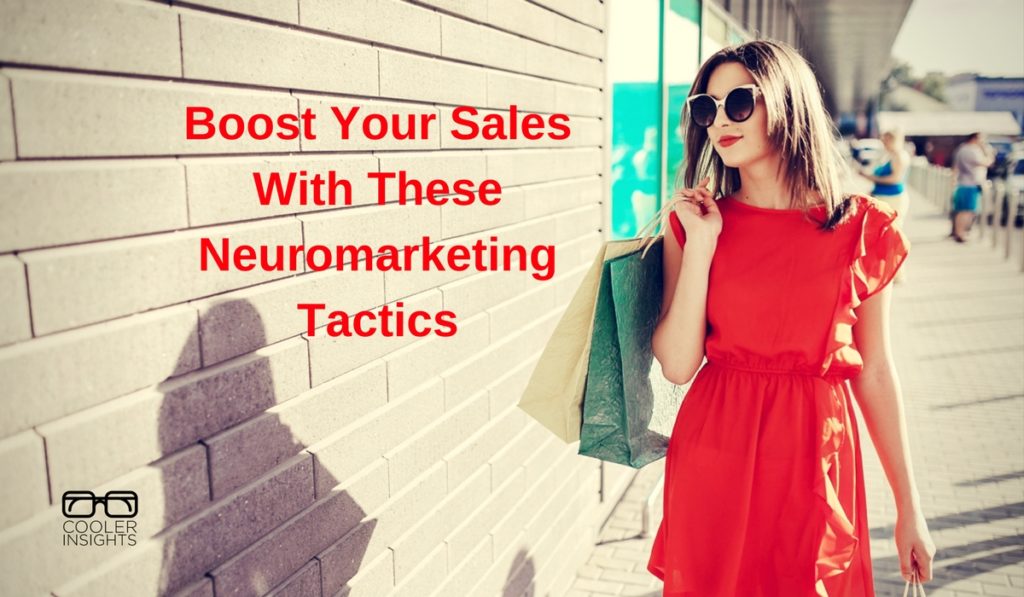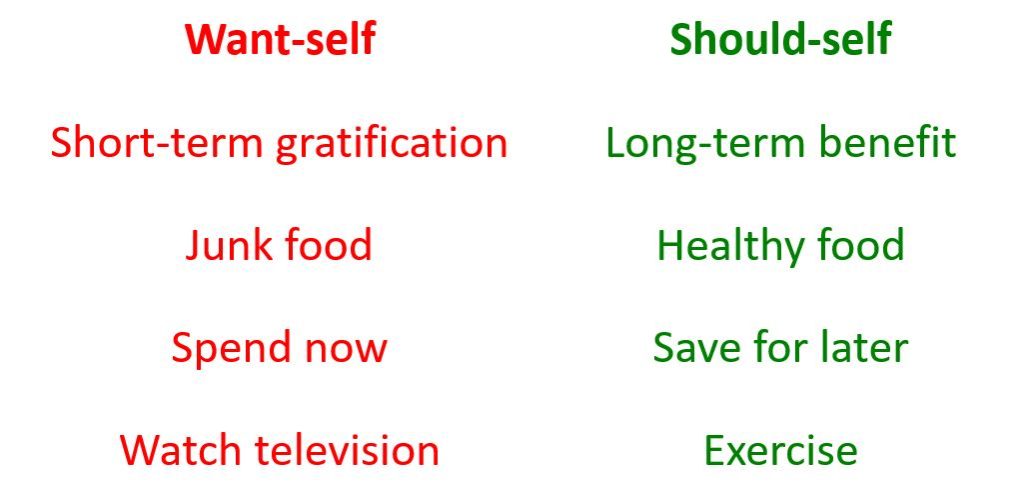Hit the “buy button” in your consumer’s brain. That’s the goal of every consumer marketer – dead or alive.
However, it isn’t easy to know what goes on inside the brains of your target audiences. Until now…
Thanks once again to the brilliant brain marketing book Brainfluence – 100 Ways to Persuade and Convince Consumers with Neuromarketing by Roger Dooley, we can take a peek at the consumer’s cranium to unearth how neuroscience influences consumer buying behaviours.
With over 100 strategies in consumer marketing, Dooley’s book is a godsend. I love how Brainfluence broke them down into different areas like price and products, sensory, print, branding, loyalty and trust, and much more.
Join me in learning 9 strategies to trigger consumer buying behaviours using neuroscience and behavioural research.
#1 Simplify Complex Products (and Vice Versa)
According to a study at the University of Amsterdam, simple decisions work best when made with more thought while complex decisions work better when made intuitively.
In other words, purchasers of simple products were happiest when they thought long and hard about their purchases. On the flip side, those who bought complex products (like cars, smart phones, and insurance plans) were happier when needed to deliberate less.
Thus, a simple message like “#1 in customer satisfaction” or “the most advanced engine to generate maximum fuel efficiency” works better in steering your customer to buy an expensive and complex product, than multiple product features.
However, if you are selling a simple product (like tomato ketchup), it may work better if you provide more information and a greater amount of “features”.
#2 Influence the Information Junkie
Research by University of Southern California’s Irving Biederman revealed that most humans have a “knowledge addiction”. The brain tends to tune out familiar images in favour of novel ones.
Thus, to continue to interest your consumer, you should strike a balance between providing new information, while repeating familiar messages. A prime example of this is Absolut Vodka – which paired the distinctive shape of the Absolut bottle with new and original environments.
#3 Time Your Pitch: Wants vs Shoulds
To market successfully to your consumer, you need to consider if your product is a “want” product or a “should” product. The table below (taken from Brainfluence) illustrates the difference.
Based on these observations, you should time your pitch according to your consumer’s wants and shoulds:
- Sell want items for immediate use: Based on the findings, the sales of “want” items will be maximised if they can be used right away. Examples are candy bars which are often located right at the checkout.
- Consider delivery time: If you are selling online, note that consumers are more likely to order more “want” items if they are available for immediate delivery.
- Healthier/ long-term benefit items: If you are selling vitamins or healthy meals (ie “should” items), consider offering a promotion favouring a six-month supply, perhaps with a delayed payment scheme.
#4 How to Sell to the Stingy
Making up a quarter of your potential customers, the tightwads are individuals who feel pain when they need to spend money.
While these customers are less desired than easy spenders (aka spendthrifts), it makes sense to target them because doing so often allows you to appeal to all other consumer groups. To minimise buying pain, consider the following tactics:
- Make the price look like a bargain: Restate your prices in less painful terms. For instance, an annual membership of $120 can be described as “only $10 per month” or “only 33 cents per day.”
- Avoid repeated pain points: Don’t adopt a per-item pricing strategy like a sushi restaurant. Adopt a package price rather than a la carte items.
- Create product bundles: Similarly, consider packaging items together so that the individual cost of items are concealed.
- Appeal to important needs: Couch your product in more utilitarian terms (eg relief of back pain for a massage) rather than hedonic terms (eg a pleasurable experience).
- Use copywriting to emphasise thrift: For example, stating something as “a small $8 shipping fee” works better than just “$8 fee”.
#5 How to Sell to Spendthrifts
Now that you’ve learned to open the wallets of the stingy, your next goal is to trigger spending amongst the spendthrifts. This is especially useful when your are pushing luxury products.
Here are five ways to push the free-spending “buy” buttons:
- Include BOTH hedonistic and utilitarian messages: Research has shown that a combination of both utility (eg a Macbook Air increases productivity) and pleasurable (eg a Macbook Air looks great on your desk) messages increases purchases significantly.
- Provide and emphasise credit options: This is quite easily understood, as spendthrifts are often more likely to consider financing options to purchase their products.
- Don’t sweat the language: Unlike tightwads, spendthrifts are less responsive to subtle cues like a “small $6 fee”. Thus, focus on making your product or service appealing rather than on wordsmithing.
- Offer instant gratification: Remember the earlier pitch on selling to “wants”? Thus, instead of just selling a luxury watch, allow your buyer to wear it and bring it home immediately even while purchasing it on credit.
- Improve margins with options: As they are less sensitive to buying pain, you can use a lower initial price to lure them in, and then provide options to get them to “upgrade”.
#6 Convert with Contests
A Stanford University study revealed that our brains crave rewards, but aren’t good at calculating the odds. Thus, it is the magnitude of the grand price which is most important in a giveaway – not just the chances of winning it.
I guess this is why big sweepstakes and lucky draws are so popular even though the chances are a million to one (or less)!
Here are some ways to maximise your prize value:
- Focus your prize budget on a big prize.
- Use a play-off system or other ways to reduce the probability of winning the big prize or awarding it (eg a “Hole-in-One” for golf).
- Partner other companies in a joint promotion to increase prize budget.
#7 Personalisation Persuades Powerfully
Dale Carnegie once said…
“Remember that a man’s name is to him the sweetest and most important sound in the English language.” – Dale Carnegie
Studies have shown that students whose names began with A or B tended to get better grades. Or that people are more likely to live in cities that resemble their names or choose careers that do the same! This concept is called implicit egotism, ie people are generally positive about things connected to themselves.
To benefit from this, consider the following methods:
- List segmentation: Direct your catalogues and other direct marketing pitches to those in specific zip codes that have responded well in the past. Ditto for digital marketing efforts where you can remarket or re-target those who have expressed interest in your products or services in the past.
- Enhanced personalisation: Consider showing customer testimonials to potential prospects that have a similar name. For example, a testimonial from William may work better for me (Walter) as opposed to one from Amanda.
- Birthday fun: Consider the words in the birthday of your prospect (eg 11/75 if she is born in November 1975) and include them perhaps on a house address on an illustration?
#8 Raise Expectations – and Make Them Real
Do you know that your customer’s real experiences with your product are shaped by his or her expectations and beliefs about the product?
In other words, charging $50 for a bottle of wine rather than $10 may convince your customers that it actually tastes better! Ditto for labeling your wine as coming from France rather than China (for example).
What this shows is that establishing high customer expectations may improve their actual experience with the product or service. Thus, it is useful to set high but achievable expectations in the way you market your product. When doing so, however, make sure that you create a positive experience once they try it.
#9 Everybody Loves Surprises
Studies by various psychologists revealed that a tiny positive surprise can improve one’s outlook. Quoting Norbert Schwarz:
“It’s not the value of what you find. It’s that something positive happened to you.” – Norbert Schwarz
The takeaway here is to create positive feelings in your customers by providing a small surprise. This can be a food sample (those work pretty well), or a small inexpensive free accessory or promotion item. Remember to provide a clear brand identity so that you consumers are aware of where the surprise comes from, and make it unexpected and delightful!
A great example here is Zappos.com and their frequent offer of upgrading their customer orders to overnight shipping.
Now that you’ve learned how to make your consumer’s brains tick, go ahead to turbo charge your marketing today!




2 Comments
Comments are closed.